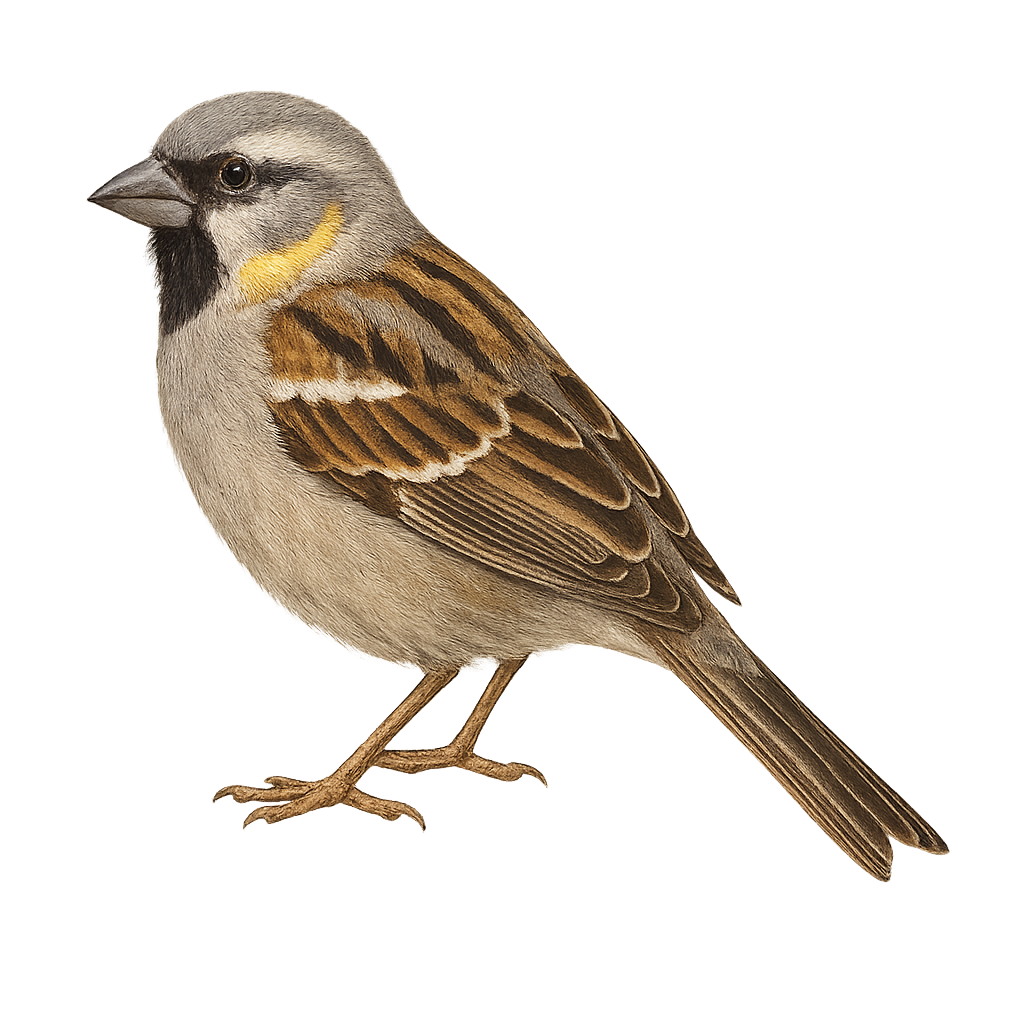Your wildlife photography guide.
Explore the dead sea sparrow in detail, study its behavior, prepare your shots.
Where to observe and photograph the dead sea sparrow in the wild
Learn where and when to spot the dead sea sparrow in the wild, how to identify the species based on distinctive features, and what natural environments it inhabits. The WildlifePhotographer app offers tailored photography tips that reflect the dead sea sparrow’s behavior, helping you capture better wildlife images. Explore the full species profile for key information including description, habitat, active periods, and approach techniques.
Dead Sea Sparrow
Scientific name: Passer moabiticus

IUCN Status: Least Concern
Family: PASSERIDAE
Group: Birds
Sensitivity to human approach: Suspicious
Minimum approach distance: 10 m
Courtship display: March to May
Incubation: 12-14 jours
Hatchings: March to June
Habitat:
Arid zones, semi-arid areas, lake edges
Activity period :
Primarily active during the day, with peak activity in the morning and late afternoon.
Identification and description:
The Dead Sea Sparrow, or Passer moabiticus, is a small passerine bird belonging to the Passeridae family. It is primarily found in the arid and semi-arid regions of the Middle East, especially around the Dead Sea, which gives it its English name. This sparrow is characterized by its gray and brown plumage, with lighter shades on the belly. Males have a gray cap and a black throat, while females are duller. They often live in colonies and are known for their melodious song. Their diet mainly consists of seeds and insects. Although relatively common in their range, their habitat is threatened by environmental degradation.
Recommended lens:
400 mm – adjust based on distance, desired framing (portrait or habitat), and approach conditions.
Photography tips:
To photograph the Dead Sea Sparrow, it's advisable to use a telephoto lens of at least 400mm to capture precise details without disturbing the bird. Look for areas near water where they often gather. Be patient and discreet, as these birds can be suspicious. The best times to observe them are early morning or late afternoon when the light is soft and flattering. Use a tripod to stabilize your camera and achieve sharp images.
The WildlifePhotographer App is coming soon!
Be the first to explore the best nature spots, track rutting seasons, log your observations, and observe more wildlife.
Already 1 432 wildlife lovers subscribed worldwide

